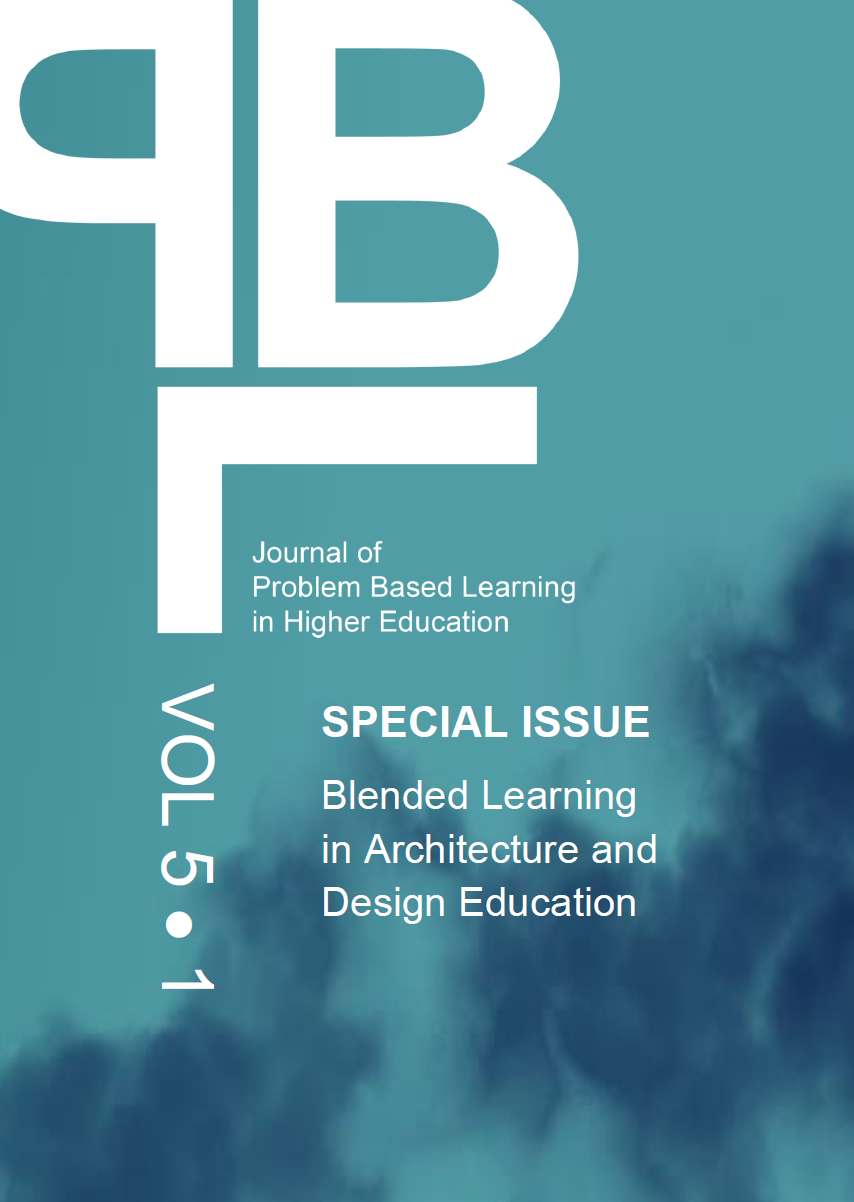Abstract
Studio teaching in architecture and design traditionally bases on the presence of both instructors and material learning artefacts. Instructors typically give supervision to students one-on-one at their drawing tables. Students, in turn, work with a tangible material such as pens and tracing paper, and scale model material such as cardboard and styrofoam. From this triangle of students, instructors and learning artefacts, the learning emerges. As such, the physical presence of people and stuff is a fundamental premise of the traditional studio learning format.
As the object of study in architecture and design is physical – the designed artefacts in the form of objects and buildings – a certain hesitation seems to reside in architecture and design education towards new mediated forms of learning. However, while completely mediated forms of learning such as MOOCs may not be a feasible replacement for the traditional architecture and design studio, forms of blended learning, combining physical and online learning has the potential to make the best of both worlds, enriching studio learning without losing its indisputable merits in architecture and design education.
In this paper, the introduction of an online communication platform – Google+ – in a four months urban design studio course is evaluated and discussed concerning its capacity to facilitate a transforming blend. The online platform was used for general instructor/student communication, for student/student communication, as well as for sharing of student work in progress. It also worked as a one-on-one supervision platform for whenever students were in need of supervision and advice outside class hours.
The implementation of Google+ into the studio course was experimental and ran alongside the use of official Moodle platform. The students evaluated the positive and negative aspects of both platforms. While they were mostly critical of Moodle, they valued the functionality of Google+ from several perspectives; they also made critical remarks. While the experiment was not entirely successful, it seems beyond doubt that transforming blends have a lot to offer in architecture and design studio teaching.
Articles published in Journal of Problem Based Learning in Higher Education are following the license Creative Commons Attribution 4.0 (CC-BY)
Authors retain copyright and grant the journal right of first publication with the work simultaneously licensed under a Creative Commons Attribution 4.0 International License (CC-BY). Further information about Creative Commons
